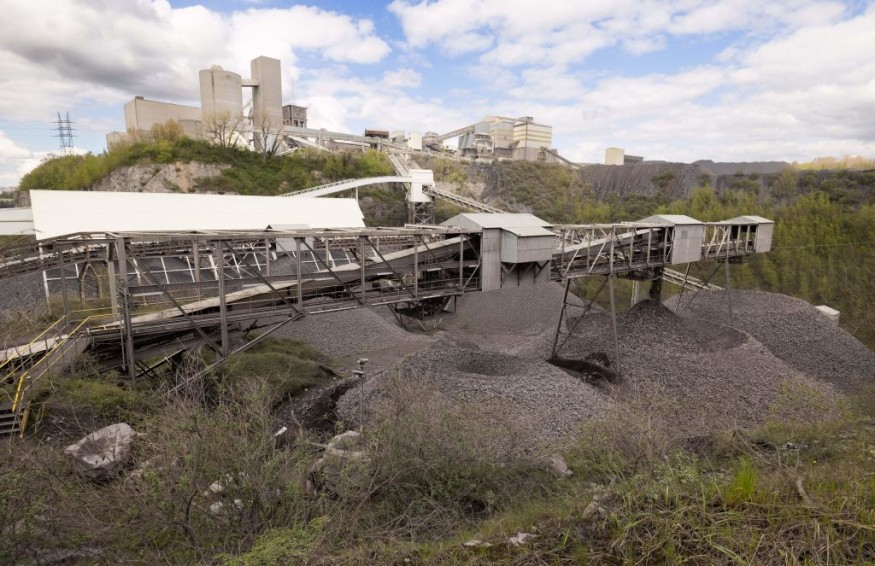
Researchers that track the steady build-up of the major gas responsible for warming the globe say that the amount of carbon dioxide (CO2) in the atmosphere has recently experienced the biggest jump ever measured.
Keeling Curve
This year's March worldwide average of carbon dioxide concentration was 4.7 parts per million, or ppm, greater than that of March last year, marking a record rise in CO2 levels over a 12-month period.
Scientists attribute the spike to the continual and growing volumes of greenhouse gases released into the atmosphere as a result of burning fossil fuels and deforestation, as well as the periodic El Niño climate event, which is now over.
Since 1958, researchers have been monitoring increasing CO2 levels from Mauna Loa; this upward trend has been dubbed the "Keeling Curve," after Charles Keeling, who initiated the measurements.
The graph, which illustrates how the burning of fossil fuels and the removal of vegetation have released an increasing amount of CO2 into the atmosphere, where it traps heat from escaping into space and boosts global temperatures, has come to represent the climate problem.
The global CO2 concentration reached 421 ppm in June, the greatest level in millions of years and a 50% rise over pre-industrial periods, according to a June announcement from the National Oceanic and Atmospheric Administration. At 426 parts per million of CO2, according to the most recent reading from Mauna Loa.
Concentrations have typically been around 280 ppm for the majority of human history, and the curve's initial measurement placed them at 313 ppm.
After 65 years, C02 concentrations reached an average of 419.3 parts per million in 2023, a level not seen since 4.3 million years ago, when sea levels were approximately 75 feet higher and portions of the Arctic tundra that is now covered in forests were forested. The Keeling Curve showed a daily concentration of 426.72 ppm.
"We sadly continue to break records in the CO2 rise rate. The ultimate reason is continued global growth in the consumption of fossil fuels," said Ralph Keeling, Charles' son who now directs the Scripps CO2 Program.
Human Activities
Before the burning of fossil fuels caused people to release massive amounts of carbon dioxide into the atmosphere, CO2 levels were approximately 280 parts per million throughout over 6,000 years of human civilization.
A catastrophic breakdown of the climate, shown in extreme heatwaves, floods, droughts, and wildfires, is the threat posed by the fast increase in heat-trapping gases. According to a recent study, CO2 levels were last this high about 14 million years ago, creating an environment that would seem foreign to those living now.
The last time CO2 rose to an all-time high was in 2016, during another El Niño event that momentarily raised global temperatures. After this most recent El Niño ends, a more normal annual increase of about 2-3 ppm will probably return, but Keeling says there's little reason to be optimistic.
"Clearly, that isn't happening. Human activity has caused CO2 to rocket upward. It makes me sad more than anything. It's sad what we are doing," he added.
Related Article : Global Warming: Plants Absorbing More CO2 Than We Thought
© 2025 NatureWorldNews.com All rights reserved. Do not reproduce without permission.





